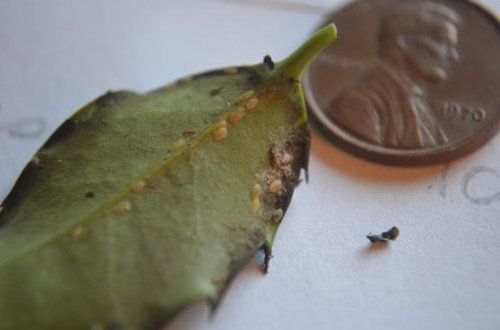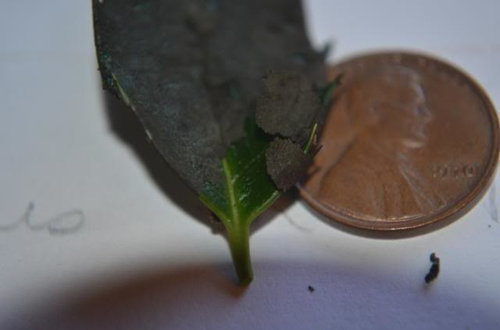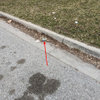Holly Attacked By Scale?
harryshoe zone6 eastern Pennsylvania
10 years ago
Related Stories

COASTAL STYLEFishy Business: Tilt the Scales With Aquatic Decor
A marine element can add a splash of whimsy to your home
Full Story
HOUZZ TOURSHouzz Tour: Sleek San Francisco Bachelor Pad
Nicole Hollis designs a minimalistic and masculine home for one
Full Story
DECORATING GUIDESHouzz Tour: A New Mediterranean Home Goes Country
A just-built house gets a reboot to make it better suited to indoor-outdoor living and casual, large-scale entertaining
Full Story
PATTERNPattern Play: Masculine Ruggedness, Modernized
4 designer tips make mixing fabric patterns fun
Full Story
MOST POPULARHouzz Tour: Elbow Grease and Steel Create a Modern Texas Farmhouse
Talk about DIY. This couple acted as architect, interior designer and general contractor to build a one-of-a-kind home on a budget
Full Story
DECORATING GUIDESRoom of the Day: A Family Room That’s Up to the Challenge
An invitation to do a makeover inspires an interior designer to revitalize her family room with bold colors and prints
Full Story
TRADITIONAL HOMESHouzz Tour: A Family-Friendly Home Keeps Its 1930s Charm
This updated Los Angeles home is full of cozy nooks and period details, giving it lots of vintage appeal
Full Story
PATIOSGet Backyard Privacy the Subtler, Stylish Way
Why settle for a hulking brick wall when plants, screens and other refined backyard dividers do the job with panache?
Full Story
ARCHITECTURERoots of Style: Midcentury Modern Design
Midcentury modern still charms with its linear forms and low-sloping roofs. Appreciate it now — such simplicity can be hard to replicate
Full Story
BATHROOM DESIGNRoom of the Day: Geometry Rules in a Modern Master Bathroom
Careful planning pays off in this clean-lined bathroom with his-and-her vanities, a semiopen shower and a soaking tub
Full StoryMore Discussions










rhizo_1 (North AL) zone 7
buckeye15
Related Professionals
Norfolk Landscape Architects & Landscape Designers · Beavercreek Landscape Architects & Landscape Designers · McKinney Landscape Contractors · Stoughton Landscape Contractors · Wake Forest Landscape Contractors · Fort Wayne Landscape Contractors · Midland Landscape Contractors · Newnan Landscape Contractors · North Plainfield Landscape Contractors · Overland Park Landscape Contractors · Panama City Beach Landscape Contractors · Santa Maria Landscape Contractors · Tustin Landscape Contractors · Twin Falls Landscape Contractors · Selma Landscape ContractorsKimmsr
harryshoe zone6 eastern PennsylvaniaOriginal Author
ken_adrian Adrian MI cold Z5
Kimmsr
rhizo_1 (North AL) zone 7
harryshoe zone6 eastern PennsylvaniaOriginal Author
rhizo_1 (North AL) zone 7
harryshoe zone6 eastern PennsylvaniaOriginal Author
EdgewaterForest
harryshoe zone6 eastern PennsylvaniaOriginal Author
ken_adrian Adrian MI cold Z5